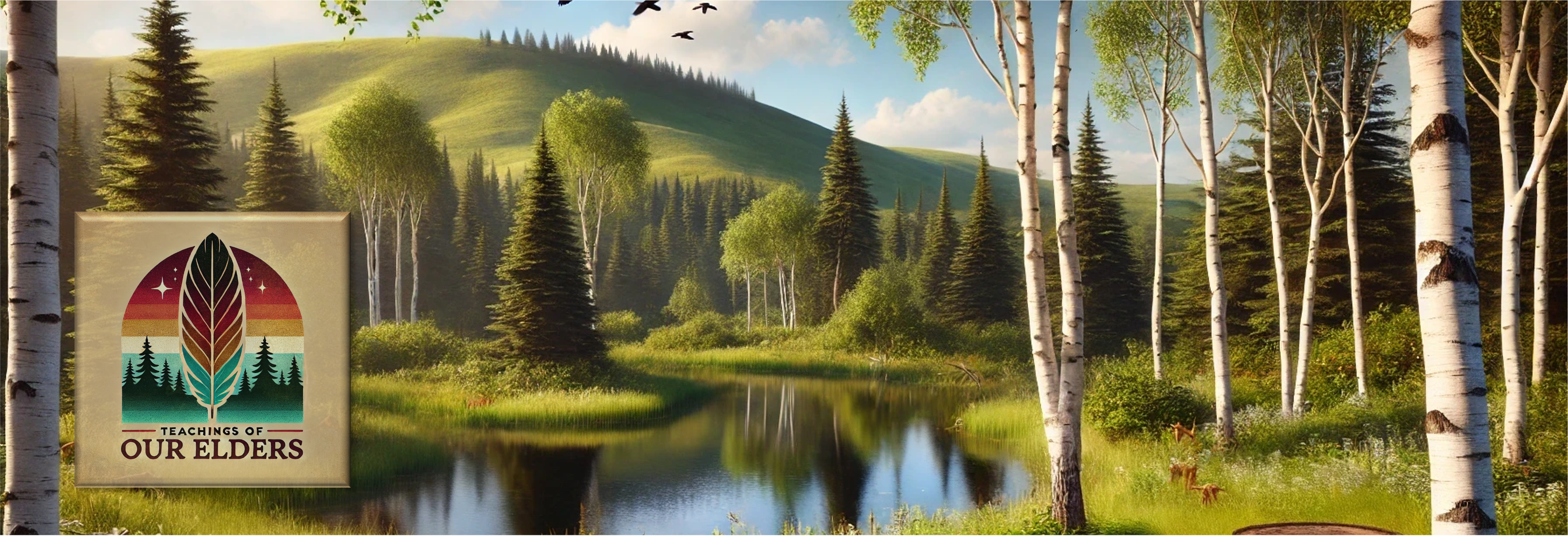| Inquiry Design Model (IDM) Blueprint™ |
| Dancing with Mother Earth (Aki) (Onci Maka) for Circle Learning. |
| NDNAEU 1 “Sacred Relatives”, NDNAEU 2 “Learning & Storytelling”, NDNAEU 7 “Native Identity” |
| Compelling Question | What relationship do we have with nature? How does one form bonds with nature to develop a relationship in everyday life? |
| Standards and Practices | S1.M1.8* Rhythmic activities/dance – Exhibits command of rhythm and timing by creating a movement sequence to music as an individual or in a group. |
| Staging the Question | In what ways can we use movement everyday in nature? |
| Supporting Question 1 |
| What three to five benefits are there in dancing with nature? How can we use dancing with nature everyday to help us physically, mentally, spiritually, and emotionally? |
| Formative Performance Task |
| Discuss with another person or in groups of three. Practice the dancing outside for 15 minutes. Check how you feel before and after dancing with nature. Journal thoughts, goals, and feelings after dancing for 5 to 10 min. in class how it can help in the physical, mental, emotional, spiritual sense. |
| Featured Sources |
| Meet the Artists: Dancing Earth Indigenous Contemporary Dance Creations (Youtube) We Dance Because We Can: People of the Powwow Book by Diane M. Bernstein (Book) |
| SUMMATIVE PERFORMANCE TASK: Supported Claim (written/spoken) or Demonstration of Process (project-based) | Students write in journals for 5 to 7 days their thoughts, success, goals, feelings, after dancing with nature. Share in class with another student or have 3 students share a journal entry or two. Students choose two to three stories to read out of We Dance because We Can book and write their thoughts of reading in journals. |
| SUMMATIVE PERFORMANCE TASK: Extension | Draw a picture of Nature dancing. Display for others to see. |
| Taking Informed Action / Real World Application | Display Dancing with Nature drawings, journal entries, and writings in hallways to inspire others. |

